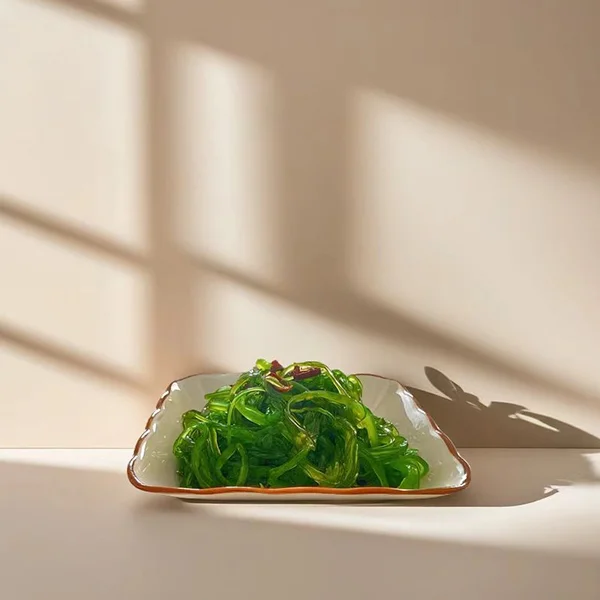Illuminating Your Bedroom: Choosing the Perfect Wattage for LED Bulbs
When it comes to lighting up your bedroom, LED bulbs have become the go-to choice due to their energy efficiency and longevity. However, selecting the right wattage for your LED bulbs is crucial to create the perfect ambiance and ensure optimal functionality. In this article, we will delve into the factors to consider when choosing the best wattage for LED bulbs in your bedroom, providing you with practical insights to enhance your sleep environment.
- Understanding the Basics of LED Bulbs:
Before diving into the wattage selection, let's briefly explore the fundamentals of LED bulbs. LED stands for Light Emitting Diode, which is a semiconductor device that converts electricity into light. Compared to traditional incandescent bulbs, LEDs consume significantly less energy and have a longer lifespan. They are available in various wattages, color temperatures, and lumens, making them versatile for different lighting needs. - Assessing the Bedroom's Lighting Requirements:
To determine the ideal wattage for LED bulbs in your bedroom, it is essential to consider the lighting requirements based on different activities and areas within the room. Assess the following factors:
a. Ambient Lighting: The overall illumination in the room, which sets the mood and provides general visibility. Consider using LED bulbs with lower wattage for a cozy and relaxing atmosphere.
b. Task Lighting: Specific lighting for activities such as reading, studying, or applying makeup. Opt for LED bulbs with higher wattage and focused light distribution to ensure ample brightness and clarity.
c. Accent Lighting: Used to highlight specific features or objects, such as artwork or architectural elements. LED bulbs with adjustable wattage and color temperature can create a dramatic effect and add visual interest to the bedroom.
- Determining the Appropriate Wattage:
The wattage of LED bulbs directly affects their brightness. While personal preferences may vary, here are some general guidelines to help you choose the best wattage for different areas in your bedroom:
a. Ceiling Lights: For ambient lighting, consider LED bulbs with wattage ranging from 7 to 10 watts. This provides a soft and warm glow, ideal for relaxation and creating a soothing environment.
b. Bedside Lamps: Task lighting near your bed should have LED bulbs with wattage between 10 and 15 watts. This ensures ample brightness for reading or other activities without straining your eyes.
c. Vanity or Dressing Area: If you have a vanity or dressing area, opt for LED bulbs with wattage around 15 to 20 watts. This higher wattage provides sufficient illumination for grooming and applying makeup.
- Additional Factors to Consider:
While wattage is a crucial aspect, considering the following factors will further enhance your LED bulb selection process:
a. Color Temperature: LED bulbs come in various color temperatures, measured in Kelvin (K). Warmer temperatures (2700K-3000K) create a cozy and relaxing atmosphere, while cooler temperatures (4000K-5000K) mimic daylight and promote alertness.
b. Lumens: Lumens measure the brightness of a bulb. Higher lumens indicate brighter light output. Consider the desired brightness level for each area in your bedroom and choose LED bulbs accordingly.
c. Energy Efficiency: LED bulbs are renowned for their energy efficiency. Opt for bulbs with high energy efficiency ratings (such as ENERGY STAR certified) to save on electricity bills and reduce environmental impact.
Conclusion:
Selecting the right wattage for LED bulbs in your bedroom is crucial to create a comfortable and functional space. By considering the lighting requirements for different activities and areas, assessing wattage, color temperature, lumens, and energy efficiency, you can make an informed decision. Remember, a well-lit bedroom not only enhances the aesthetics but also contributes to a restful and rejuvenating sleep environment.

